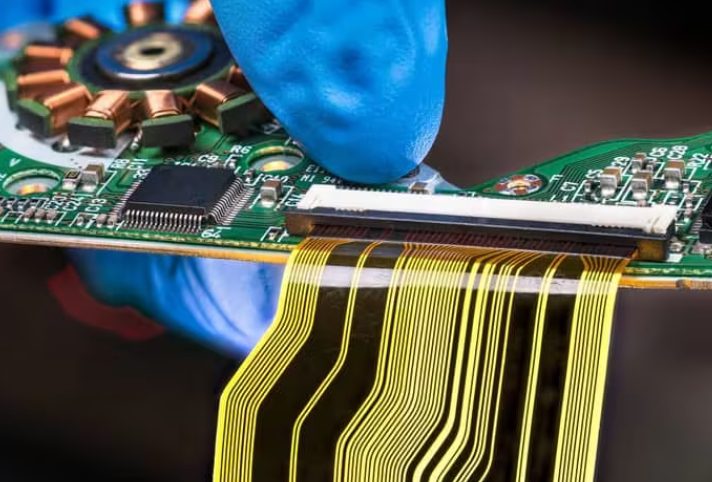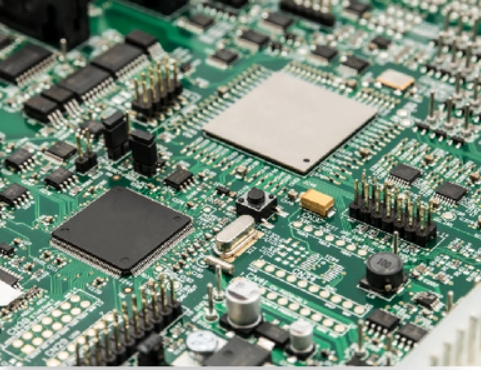Flexible PCBs, commonly made from polyimide materials, are known for their amber color and ability to withstand high temperatures, often comparable to or exceeding those of FR4 boards. The current carrying capacity of flexible PCBs is primarily determined by factors such as copper thickness, trace width, and material properties. With a relative tracking index (CTI) typically above 600 volts, these PCBs are suitable for...
Blog
Explore the KKPCB Blog for the latest PCB manufacturing and assembly news, industry insights, expert tips, and technology trends, helping you stay informed and optimize your electronics projects.
The relationship between PCB trace thickness and current capacity is a critical aspect of PCB design. Properly sizing traces ensures that they can handle the required current without overheating, which is essential for the reliability and functionality of the circuit. This article explores the key considerations for selecting trace thickness, the impact of copper weight, and...
Printed Circuit Board (PCB) routing is a critical aspect of electronic design, ensuring that electrical signals are transmitted efficiently and reliably between components. Proper routing minimizes interference, maintains signal integrity, and meets design requirements such as impedance control and thermal management. This article outlines the best practices for PCB routing, focusing on optimizing performance and ensuring signal integrity....
Sensors and transducers play integral roles in PCBs by enabling electronic systems to interact with and respond to the surrounding environment. Sensors detect physical parameters such as temperature, pressure, light, and motion, converting these analog signals into electrical signals that PCBs process. Sensors are used in various applications, from environmental monitoring and industrial automation to consumer electronics. By integrating...
Ceramics used in electronics are everywhere. For instance, ferroelectrics are used to create high-dielectric capacitors and non-volatile memory devices. Ferrites play a crucial role in storing data and information. Solid electrolytes are instrumental in the storage and conversion of energy. Piezoelectrics are essential for sonar technology, while semiconducting oxides have been pivotal in monitoring environmental...
With the growth of the semiconductor industry, the density of circuits within integrated circuits (ICs) has increased. Even with the increase in density, the number of input-output pins remains unchanged, which is one of the reasons for the increased complexity in IC packages. To ensure the reliability of ICs, IC testing is introduced at every stage of the production...
PCBs operating at high power also tend to operate at high temperature, sometimes cycling between high and low temperatures repeatedly. Sometimes, a PCB will operate in a high ambient temperature environment, and the board needs to remove heat from components to prevent even higher temperatures from being reached in the system. Active cooling measures are...
Manual soldering, while not as precise as automated assembly processes like reflow soldering, is still widely used in various applications. However, it is prone to specific defects that can affect the quality and reliability of the final product. Understanding these common manual PCB soldering defects is crucial for maintaining high product quality and yield. Common Manual PCB Soldering...
Aball grid array (BGA) is a type of surface-mount packaging that features an array of small solder balls on the underside, which serve as electrical connections to the printed circuit board (PCB). Unlike dual in-line or flat packages, ball grid arrays offer the advantage of accommodating a greater number of interconnection pins, made possible by utilizing the entire bottom...
PCB edge plating is a specialized process that involves applying a metal coating to the exposed copper connections at the edge of a printed circuit board (PCB). This technique, also known as side plating, battlement, or metallized edge plating, enhances electrical connectivity, structural rigidity, and electromagnetic interference (EMI) shielding. This article provides an in-depth look at the...











